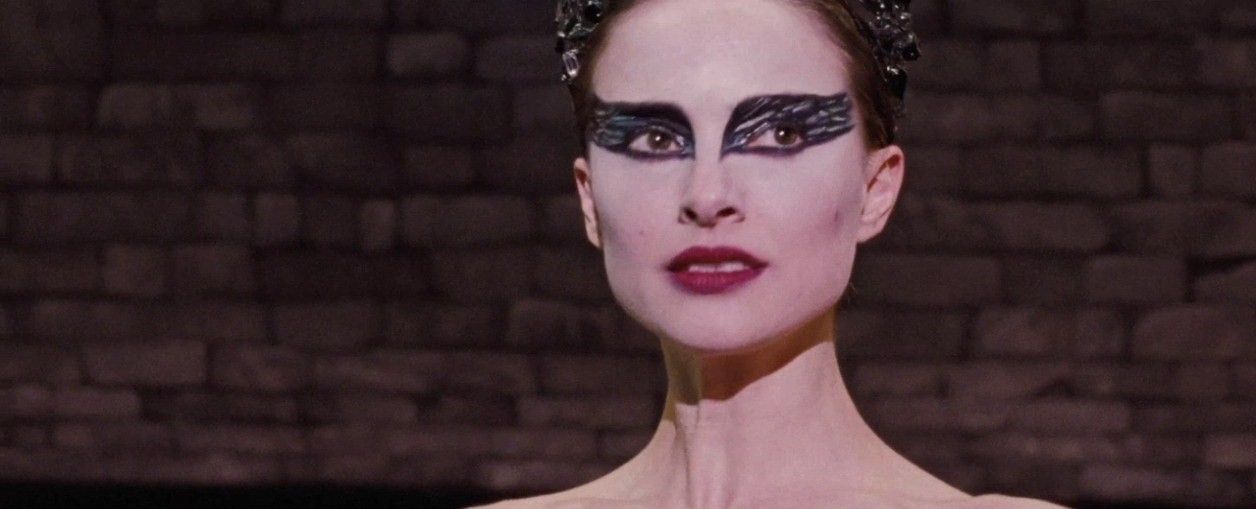
Fifteen years after its release, Darren Aronofsky’s chilling psychological thriller, ‘Black Swan,’ continues to captivate audiences and spark conversation. This iconic film, which dove deep into the cutthroat world of professional ballet, recently brought together its stars, Mila Kunis and Natalie Portman, along with director Aronofsky, for a special Vogue interview to mark its anniversary.
What emerged from that conversation was a raw, unfiltered look behind the scenes, particularly regarding the extreme lengths actors sometimes go to embody a role. Mila Kunis, who played the enigmatic and free-spirited Lily, didn’t hold back, admitting to a regimen that many in the industry might shy away from discussing openly.
Her honesty is a breath of fresh air, providing a candid glimpse into the physical and mental demands of preparing for such an intense performance. It’s a reminder that what we see on screen often comes at a significant personal cost, pushing the boundaries of what’s considered ‘normal’ for a role.
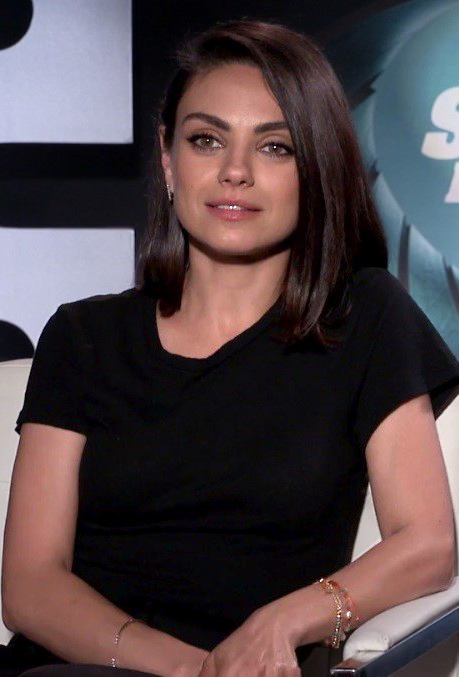
1. **The Unfiltered Truth: “Very Little Eating”**
Mila Kunis has always been known for her grounded honesty, and she truly embodied that spirit when reflecting on her preparation for ‘Black Swan.’ During the recent Vogue interview, she delivered a revelation that immediately resonated, admitting, “My prep was a lot of dancing and very little eating — which I know you’re not supposed to say, but it’s the truth.”
This simple, direct statement cuts through any pretense, offering a stark reality check on the demands of portraying a professional ballerina. It wasn’t about special effects or clever camera angles; it was about a profound, internal commitment to transforming her body to authentically convey the physique of someone living a life dedicated to dance. Her words remind us of the immense pressure and dedication involved in method acting, even when it involves choices that are inherently challenging.
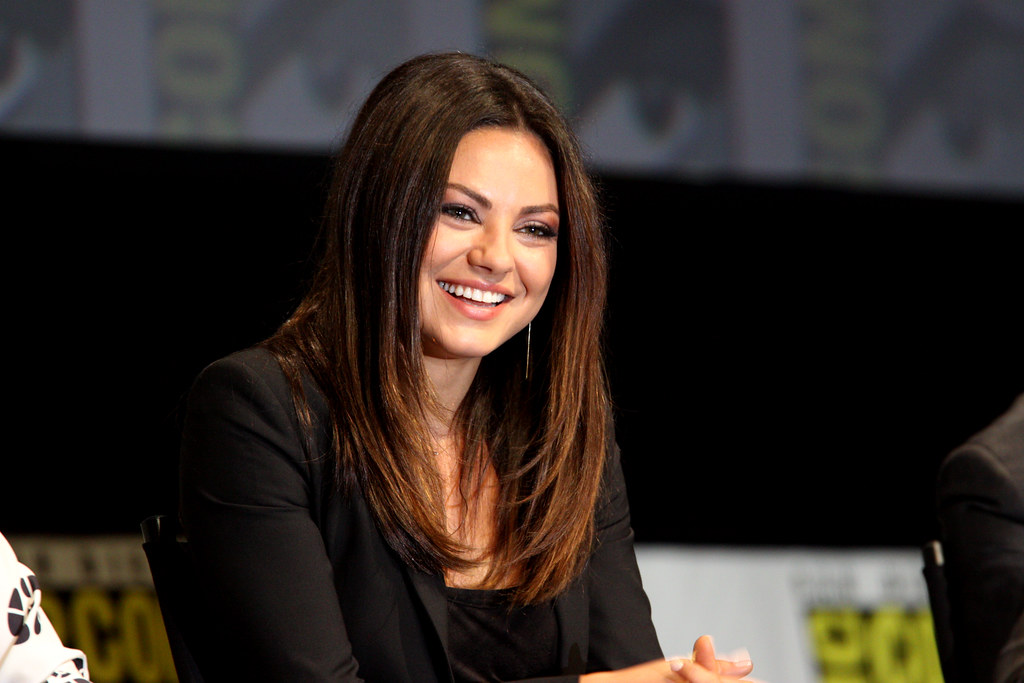
2. **Fueling the Transformation: Broth, Calories, and Cigarettes**
Digging deeper into the specifics of her diet, Kunis revealed a regimen that was incredibly restrictive and frankly, quite alarming. Beyond the general statement of “very little eating,” she elaborated on her daily intake, stating, “I drank a lot of broth and danced for 12 hours a day.”
In a previous interview from 2016, she went even further, detailing that she consumed an average of just 1,200 calories a day. Astonishingly, she also admitted, “I smoked a lot of cigarettes,” as part of her strategy to maintain the extremely low weight necessary for the role. This level of dedication, while achieving the desired on-screen look, came with a heavy personal price, one she openly advises against now, stating, “I don’t advocate this at all. It was awful.”
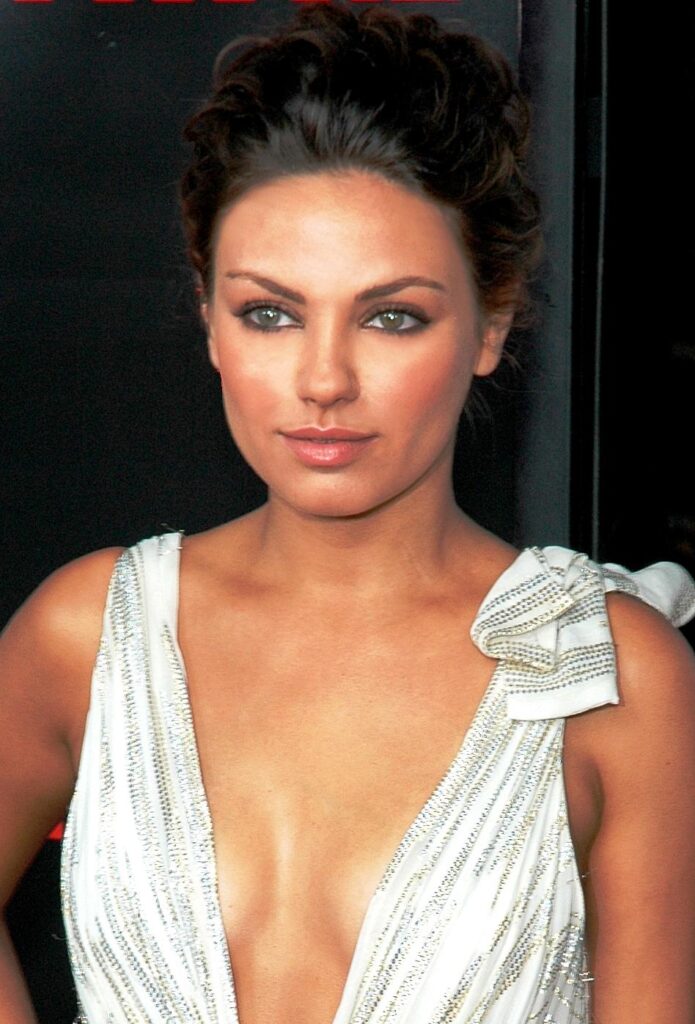
3. **The Grueling Dance Marathon: 12 Hours a Day**
Beyond the severe caloric restriction, Mila’s physical transformation was largely driven by an almost unbelievable dance schedule. She consistently trained for “12 hours a day,” a testament to the sheer discipline and endurance required to convincingly portray a ballet dancer.
This wasn’t just about learning choreography; it was about molding her body into that of an elite performer, developing the muscle memory and grace essential for the role. The intensity of this daily regimen highlights the immersive nature of her preparation, pushing her physical limits far beyond what most would consider sustainable. It paints a vivid picture of the relentless pursuit of perfection that defines the world of ballet, and by extension, the world of dedicated actors.
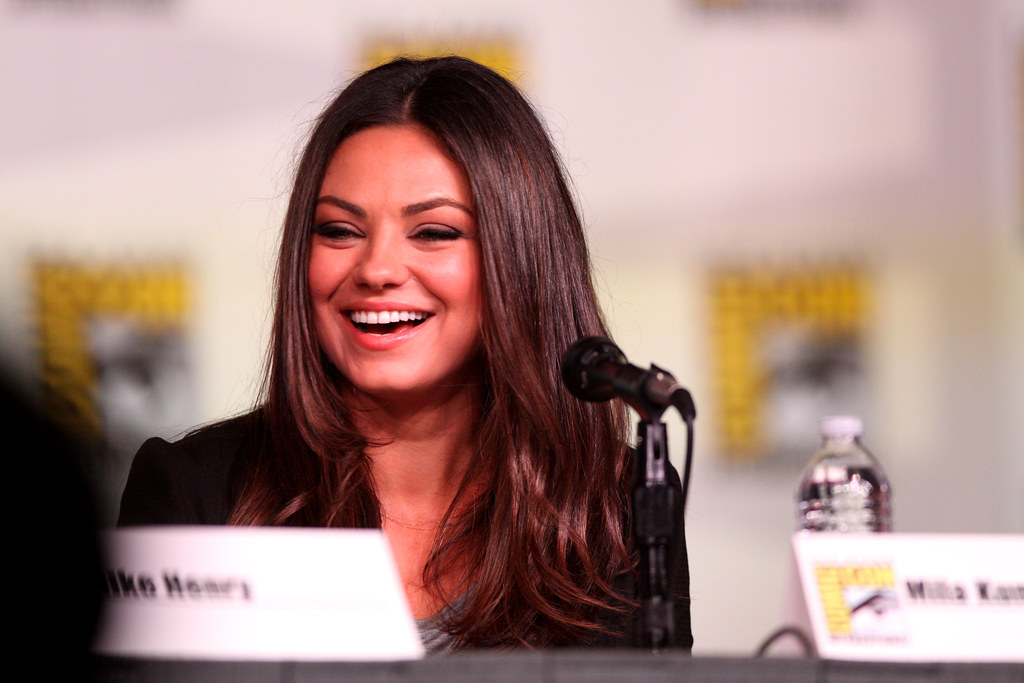
4. **An Unexpected Blessing: The Extended Prep Time**
Initially, the cast was slated for a three-month preparation period before filming commenced. However, as Kunis explained, a snag in financing unexpectedly extended this timeline. “We lost some financing, so that got extended to six months while Darren tried to find money,” she revealed.
While this delay was undoubtedly a headache for director Darren Aronofsky, it turned out to be a silver lining for Mila and Natalie. Kunis happily recounted, “It sucked for Darren, but Nat and I were so happy because we had three extra months to dance.” This additional time proved invaluable, allowing them to further refine their dance skills and immerse themselves more deeply in the physical demands of their roles, ultimately contributing to the film’s incredible authenticity.

5. **The Body’s Burden: Bruised Ribs and a Dislocated Shoulder**
Such intense physical training and performance inevitably led to injuries, and Mila Kunis was no exception. She candidly shared the toll the rigorous ballet sequences took on her body, recalling, “We would shoot those dancing scenes for hours, and I had bruises all over my ribs just from being lifted over and over again.”
The physical demands didn’t stop there. Early in the production, she suffered a significant injury that could have derailed her participation: “I also dislocated my shoulder pretty early in the production and thought I was completely screwed.” Thankfully, director Darren Aronofsky quickly intervened, sending her to an acupuncturist, which, to her relief, resulted in a swift recovery. Her ability to push through these injuries speaks volumes about her dedication and the high stakes involved in bringing ‘Black Swan’ to life.
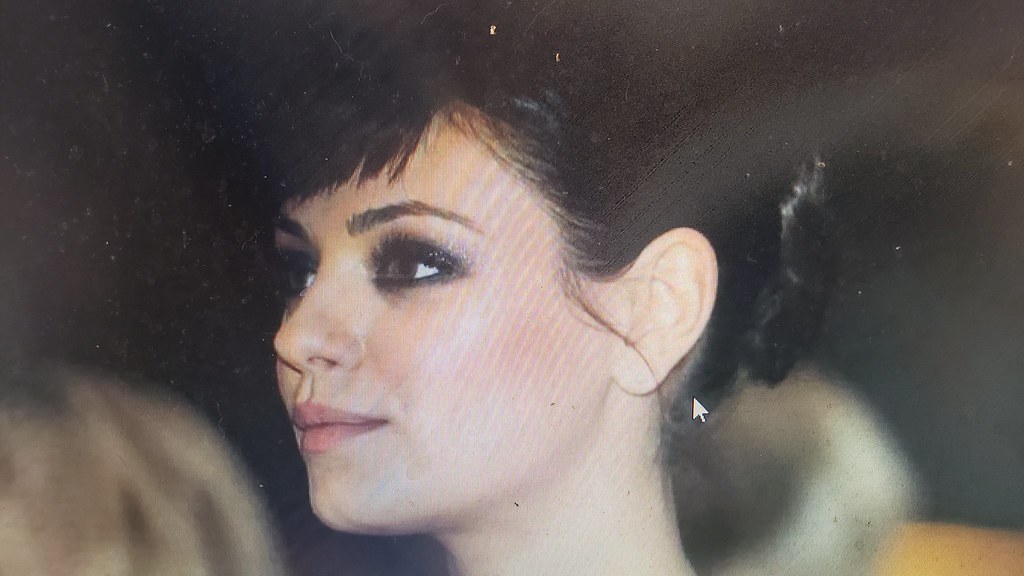
6. **A Lasting Mark: Her Body “Never the Same”**
Perhaps one of the most poignant revelations from Mila Kunis about her ‘Black Swan’ journey is the lasting impact it had on her physique. While she achieved the desired 95-pound weight for the role, a figure she described as “skin and bones” but also “muscles, like a little brick house,” the recovery wasn’t as straightforward as simply gaining the weight back.
In a 2012 interview, she reflected on how her body was permanently altered: “My shape is different.” She elaborated, “When I gained it back, it went to completely different areas.” Specifically, she noted, “all the weight that left [her] chest went to [her] side hip, [her] stomach.” This candid admission highlights that physical transformations for roles can leave indelible marks, challenging the notion that bodies simply ‘bounce back’ to their original state. It’s a powerful reminder of the deep personal sacrifices actors sometimes make in their craft.
Beyond the disciplined diet and relentless dance rehearsals, the making of ‘Black Swan’ held even more layers of intrigue and unexpected turns. From the serendipitous way Mila Kunis landed her role to the intriguing dynamics fostered on set and the profound impact the film left on its stars, the journey to bringing this psychological thriller to life was as captivating off-screen as it was on. Let’s peel back the curtain further and explore these pivotal moments that shaped a cinematic masterpiece.
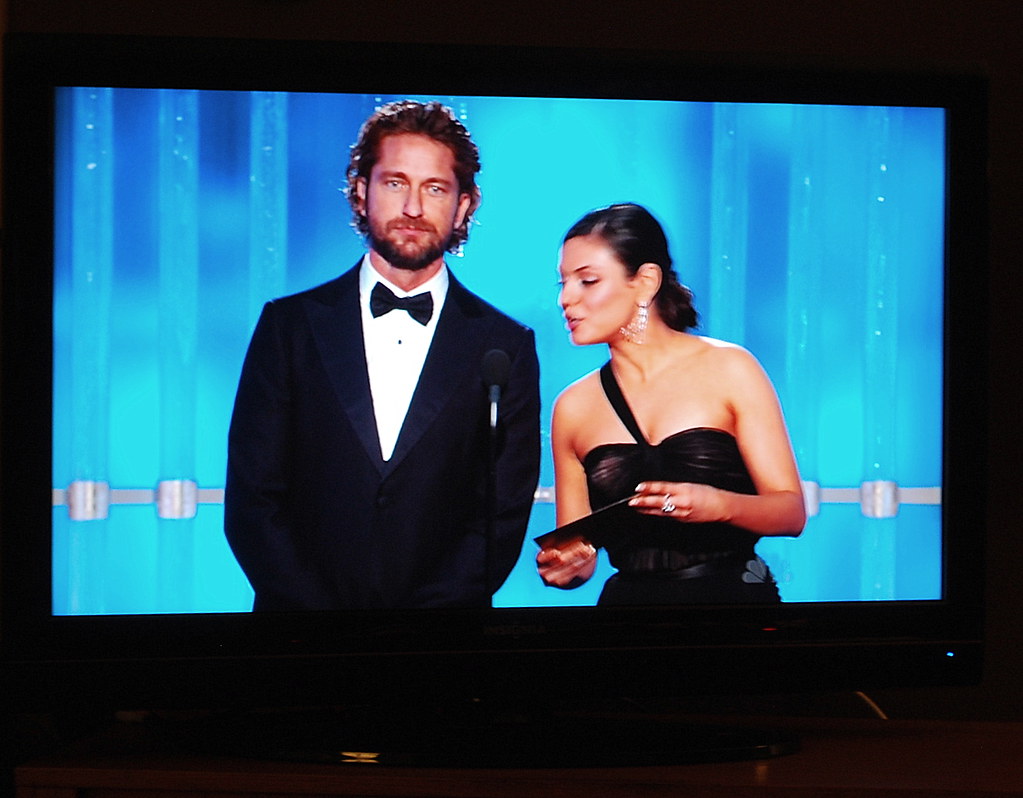
7. **The Serendipitous Casting Call: “Wait, You Did Ballet?”**
It’s a story almost as dramatic as the film itself, though perhaps a little less dark. We often imagine grand auditions and callbacks when it comes to a role in a major film, but for Mila Kunis, her part in ‘Black Swan’ truly began with a casual chat at a flea market. Imagine the scene: Natalie Portman, already deeply embedded in the project, chatting with her longtime friend Mila Kunis, when something unexpected surfaces.
Natalie recounted this pivotal moment during their recent Vogue interview, sharing how she was at the Rose Bowl Flea Market with Mila, talking about this intense ballet movie she was making with Darren Aronofsky. It was in this relaxed setting that Mila casually mentioned, “I remember when I would take off my pointe shoes…” For Natalie, this was a lightbulb moment, a revelation she simply couldn’t ignore. Her immediate reaction? A stunned, “Wait, you did ballet?”
That seemingly innocuous comment sparked an immediate chain reaction. Natalie, recognizing the immense value of prior ballet experience for such demanding roles, didn’t hesitate. She quickly dialed Darren Aronofsky, her director, with a fervent pitch: “I immediately called Darren and said there was this amazing actress with ballet experience who would be perfect for Lily.” It’s incredible to think that a role that earned Kunis widespread critical acclaim and a Golden Globe nomination began with such an organic, friend-to-friend revelation.
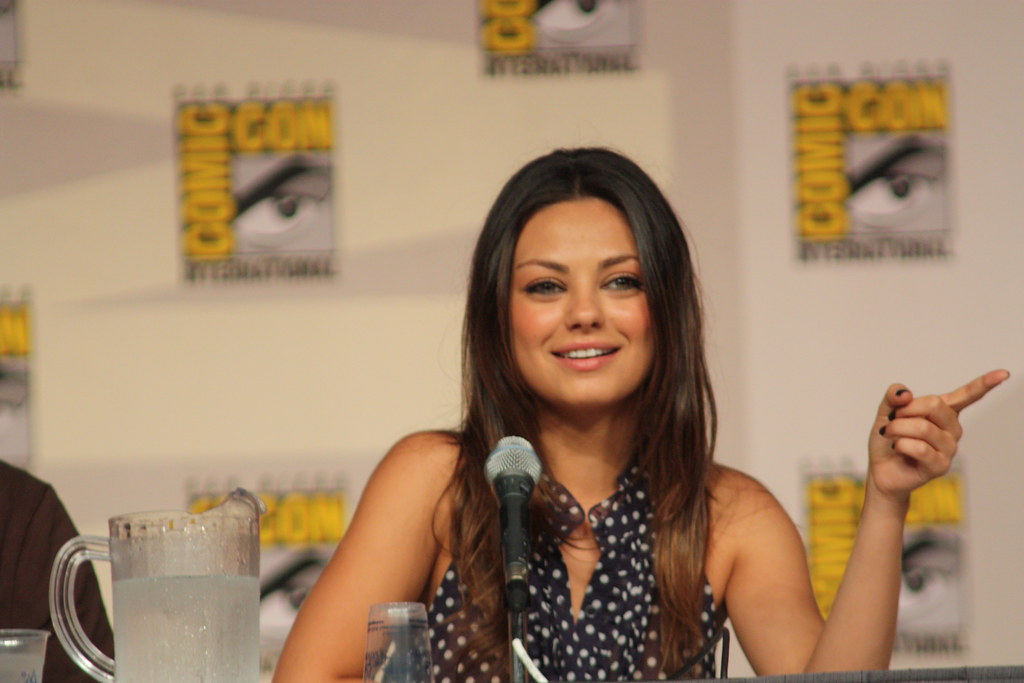
8. **The “Exaggeration”: A Twist on Mila’s Ballet Past**
Now, here’s where the story gets a charmingly unfiltered twist, a perfect example of how things can get a little (or a lot) exaggerated when friends are excited. While Natalie Portman’s immediate response was one of genuine surprise and enthusiasm, Mila Kunis, ever the grounded and honest soul, couldn’t help but playfully interject with the reality of her ballet background. It turns out, Natalie might have been a tad overzealous in her description to Darren Aronofsky.
As Kunis humorously clarified during the same Vogue conversation, her actual claim was far more modest than what Natalie’s memory seemed to conjure. “I think I said, ‘I danced once,'” Kunis admitted, a candid moment that elicited a laugh from Portman. This tiny admission then “got twisted into me having taken pointe,” according to Kunis. It’s a relatable moment for anyone who’s ever had a friend excitedly overstate their qualifications to someone else.
Natalie, with a smile and perhaps a touch of sheepishness, readily confessed, “I may have exaggerated on your behalf!” This candid exchange not only highlighted the genuine friendship between the two actresses but also offered a peek into the informal, yet incredibly effective, casting process that can sometimes unfold in Hollywood. It was a testament to Portman’s belief in Kunis’s talent and potential, even if she embellished the details a tiny bit to seal the deal with Aronofsky.
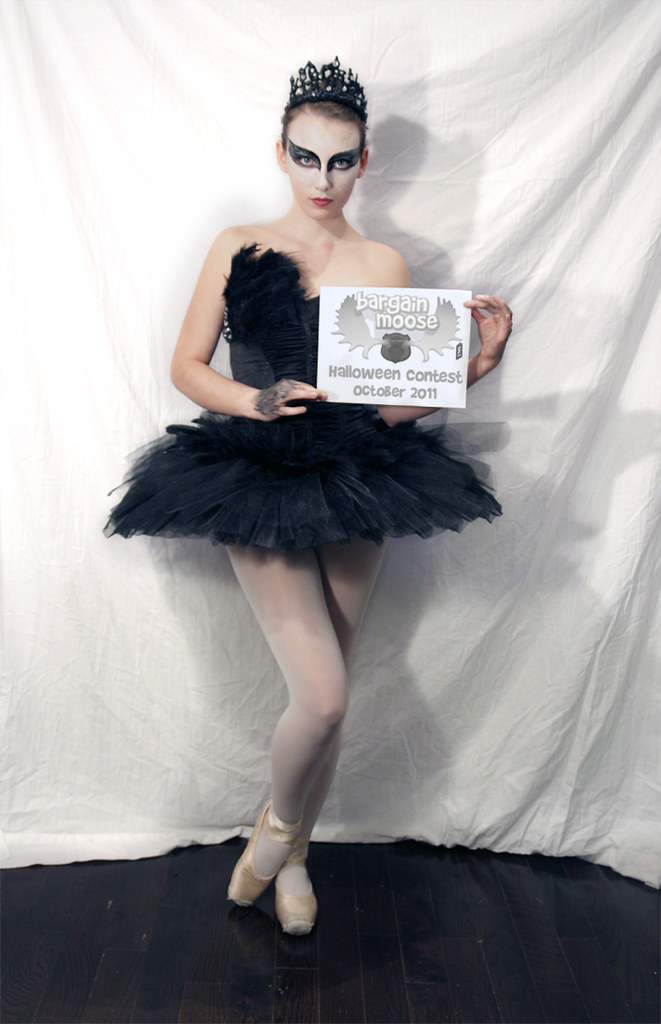
9. **Aronofsky’s “Sneaky” Tactics: Fostering On-Screen Rivalry**
Creating a psychological thriller like ‘Black Swan,’ which hinges on a fierce, almost obsessive rivalry between two ballerinas, required a director with a clear vision and, at times, unconventional methods. Darren Aronofsky, known for his intense and immersive directorial style, wasn’t afraid to push boundaries, even when it came to the dynamics between his leading stars. It turns out, he had a little trick up his sleeve to enhance the on-screen tension.
Aronofsky openly admitted to attempting to stoke a real-life rivalry between Mila Kunis and Natalie Portman, believing it would lend authenticity to their characters’ escalating feud. “My take is that I was trying to be a sneaky director and make them argue,” he confessed. This isn’t an uncommon tactic in filmmaking, where directors might try to create a specific atmosphere or emotional state among actors to draw out more raw and believable performances.
He aimed to subtly pit them against each other, perhaps with a well-placed comment or a perceived slight, hoping the friction would translate directly into the performances of Nina and Lily. It speaks volumes about the lengths directors will go to achieve their artistic vision, blurring the lines between the actors’ reality and their characters’ journeys. But what Aronofsky quickly discovered was that his leads were far too savvy for his machinations.
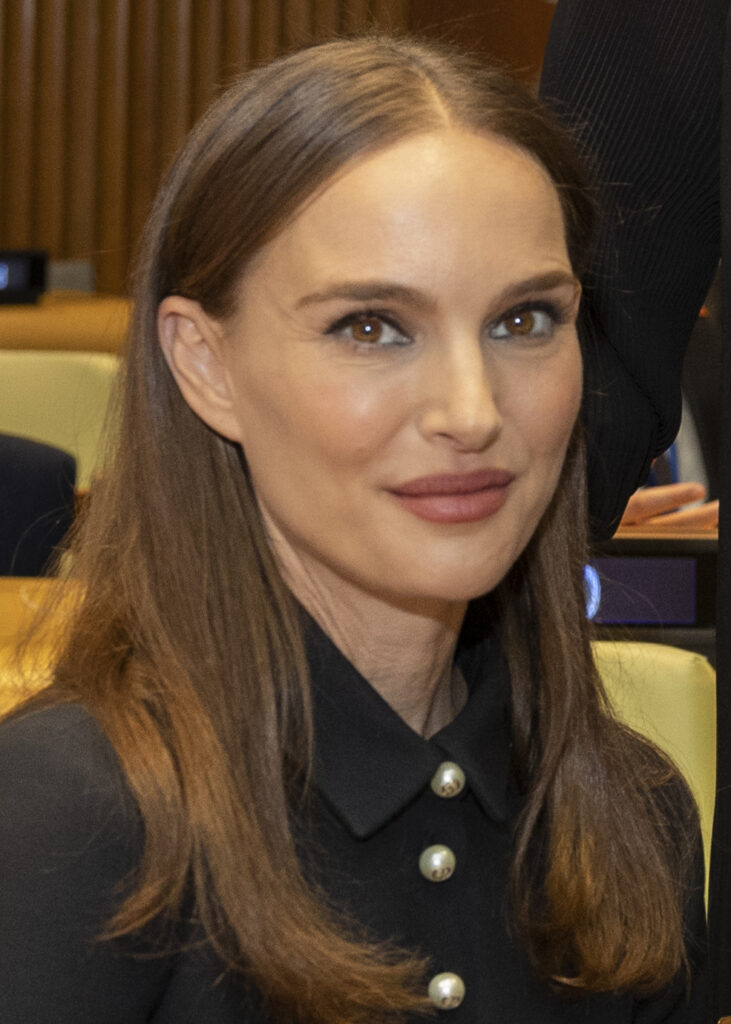
10. **Friendships Over Feuds: Mila and Natalie’s Unbreakable Bond**
While Darren Aronofsky might have harbored intentions of creating a subtle competitive environment between his two leading ladies, Mila Kunis and Natalie Portman proved to be one step ahead. Their years of friendship had forged a bond far stronger than any manufactured on-set rivalry. They quickly caught onto Aronofsky’s “sneaky” tactics, turning his attempts into an inside joke rather than a source of genuine tension.
“Mila and Natalie both realized very quickly what I was doing and made fun of me, so it quickly became a joke that we all understood,” Aronofsky recounted, acknowledging their cleverness. Natalie herself recalled an instance where Darren made a comment like, “Ya know, Nat, Mila’s dancing so well,” to which she responded with unwavering support: “And I was like, ‘Of course she is! She’s so f***ing talented and I love her so much and I’m happy she’s doing a great job!'”
This unwavering mutual respect and admiration between Kunis and Portman ultimately meant Aronofsky’s plan to create real-life animosity was thwarted. Instead, their deep friendship became an unexpected asset, allowing them to embody the characters’ complex relationship—from admiration to intense rivalry—with a profound understanding and trust, knowing they could push each other to uncomfortable places without damaging their real-world bond. It’s a beautiful testament to the power of a strong female friendship even amidst intense professional pressures.
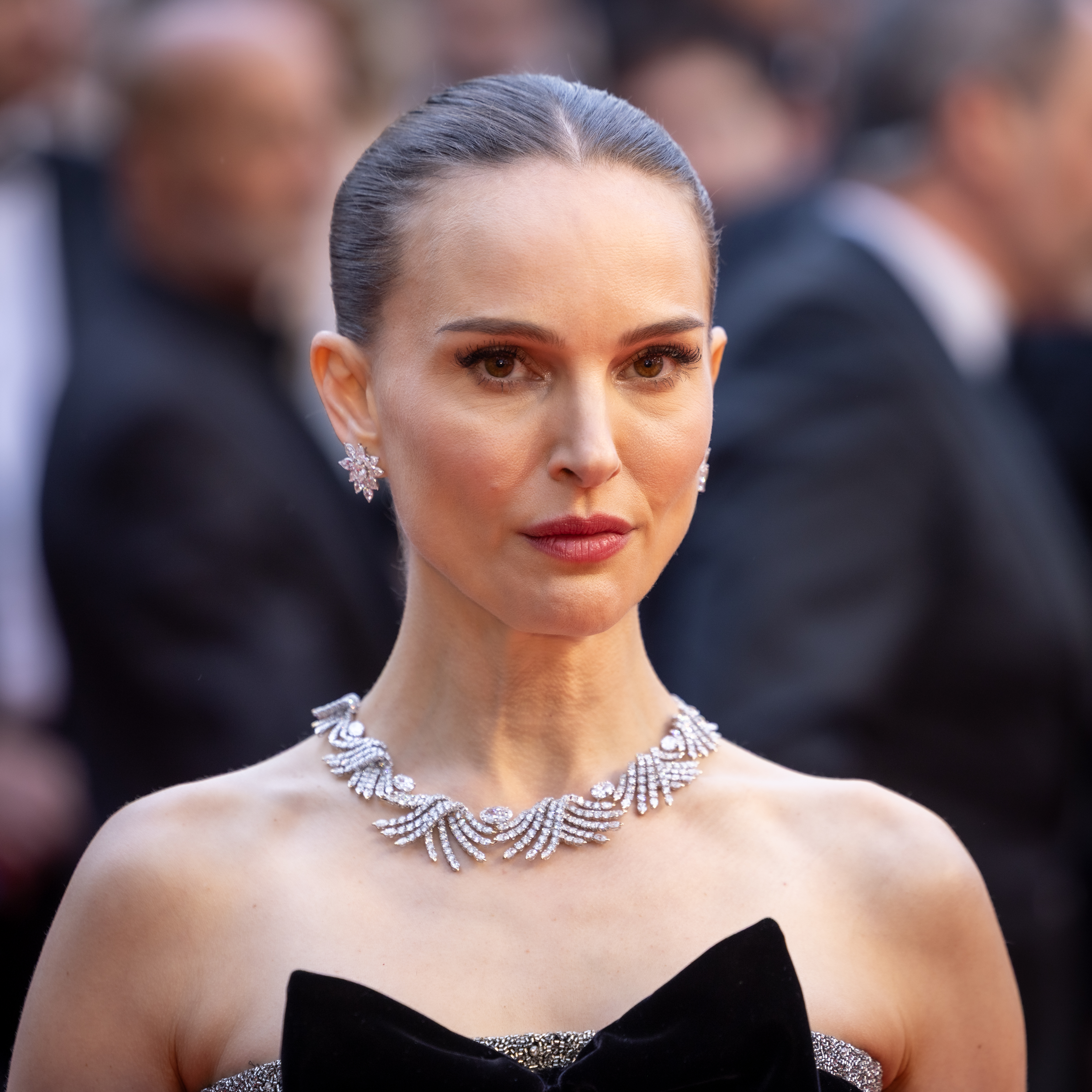
11. **Unveiling the Ballet World: Natalie’s “Investigative Journalism”**
Beyond the dramatic physical transformations and the on-set psychological games, the actors’ immersion into the world of ballet was deeply profound, particularly for Natalie Portman. Her commitment went beyond simply learning choreography; it involved a year-long deep dive into the culture, discipline, and even the gossip of professional ballet, all through an incredibly personal lens.
As Portman shared, one of the “most surprising side effects of doing the physical training” was the extensive conversations she had with her trainer. This trainer, a former New York City Ballet dancer, became an invaluable conduit to the authentic ballet experience. “She told me hours of stories that gave so much color and insight into that world,” Portman revealed, painting a picture of an education far richer than any formal research.
Natalie likened these intimate exchanges to “doing investigative journalism, but I was just gossiping with her while doing pliés.” This candid description truly captures the essence of how she absorbed the nuances of the ballet world: a blend of rigorous physical training intertwined with real, human stories, anecdotes, and insights that only an insider could provide. It was through this unique, personal connection that Portman truly understood the unspoken rules, the fierce competition, and the intense passion that define a ballerina’s life.
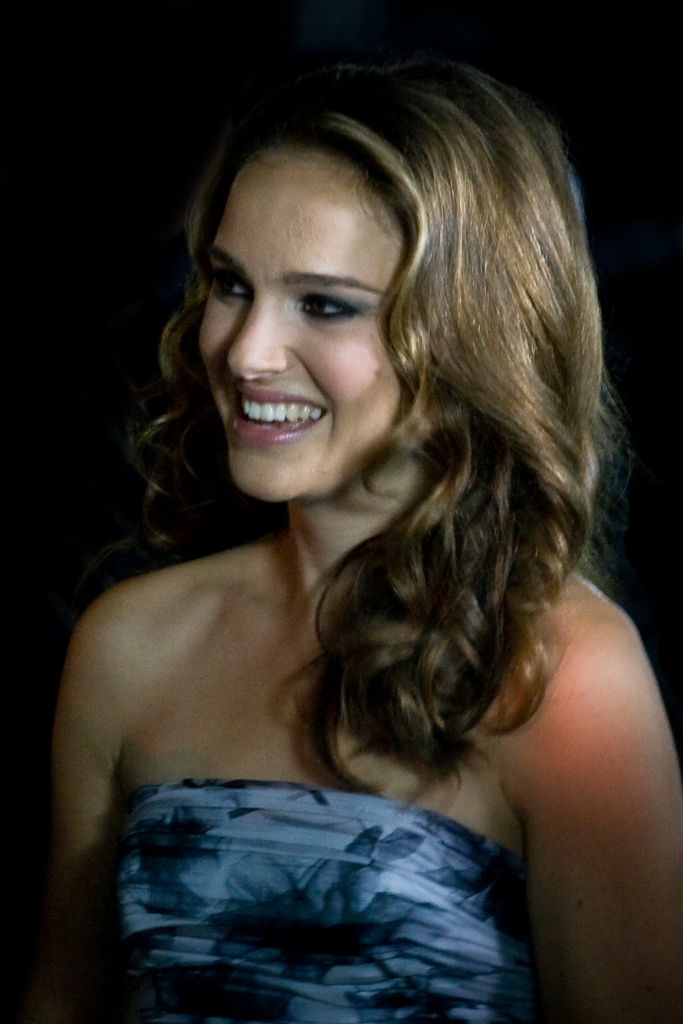
12. **The Unseen Vision: Natalie’s Reaction to the Final Film**
Filming a movie, especially one as stylistically distinct and psychologically layered as ‘Black Swan,’ can be an incredibly fragmented experience. Actors often see only their scenes, or pieces of the puzzle, without a full comprehension of the director’s overarching vision until the final cut. This was certainly the case for Natalie Portman, whose first viewing of the completed film was nothing short of a revelation.
“I didn’t quite understand the tone of the movie while we were shooting, and was pretty surprised by what it ended up being,” Portman admitted. This speaks to Darren Aronofsky’s unique genius, his ability to craft a cohesive, unsettling narrative from disparate parts, holding the full scope of his artistic intention close until the very end. The experience of seeing it all come together for the first time was, for her, truly impactful: “That first time watching it was shocking and exhilarating in a really wonderful way.”
Her surprise underscores the transformative power of editing and direction, how a film can evolve from daily takes into a masterpiece that transcends the sum of its parts. Portman reflected, “I had no comprehension of the scope of Darren’s vision while we made it.” The film’s ultimate success, both critically and commercially, was not just a testament to her and Kunis’s raw performances and extreme dedication, but also to Aronofsky’s singular, visionary storytelling that left even his lead actress breathless. Fifteen years later, the enduring legacy of ‘Black Swan’ continues to captivate, reminding us of the profound sacrifices and creative alchemy that can forge cinematic brilliance.
The journey of ‘Black Swan,’ as revealed by Mila Kunis and Natalie Portman, is a powerful testament to the multifaceted demands of filmmaking. It’s a story not just of physical transformation and grueling training, but of unexpected castings, the intricate dynamics between artists, and the profound impact a role can leave on an actor. Their unfiltered honesty shines a light on the hidden labors behind the glittering facade of Hollywood, reinforcing that true artistry often requires a complete surrender—body, mind, and spirit—to the craft. And in the case of ‘Black Swan,’ that surrender resulted in a masterpiece that continues to resonate, long after the pointe shoes have been taken off.



